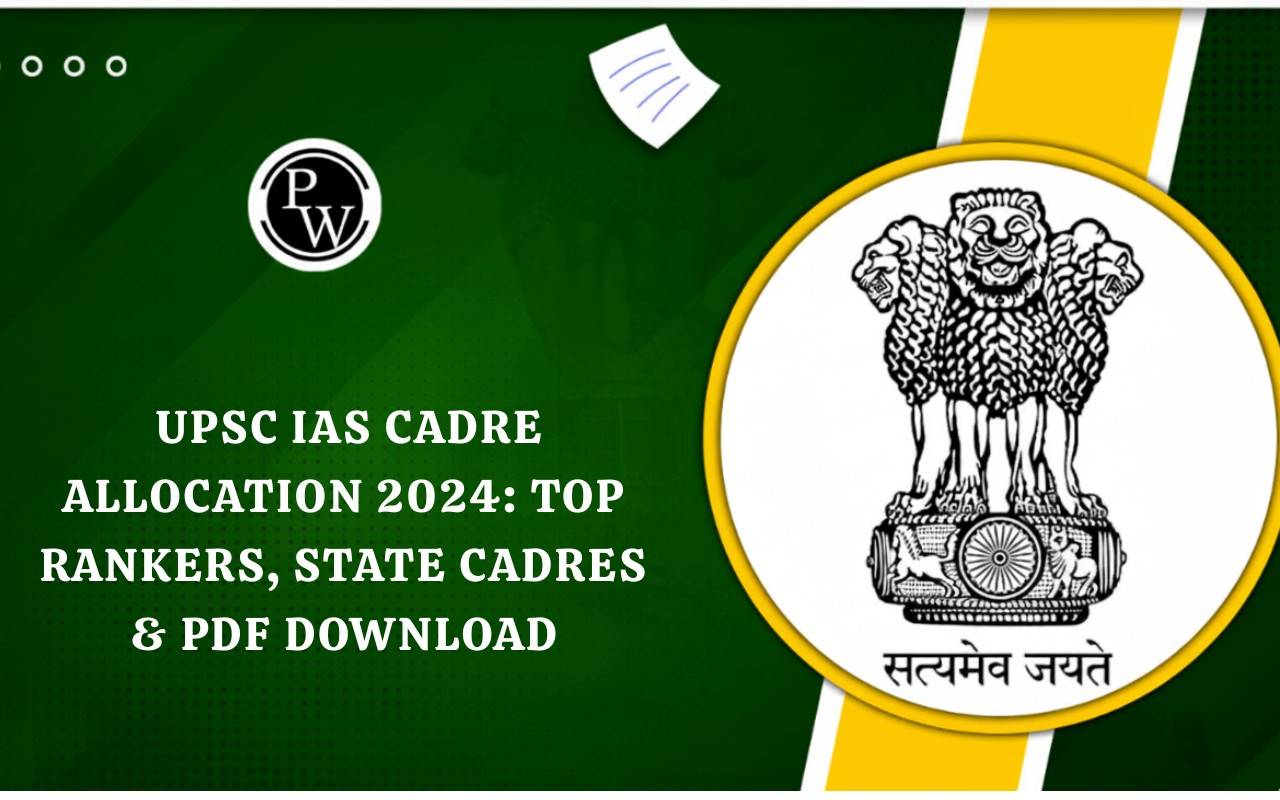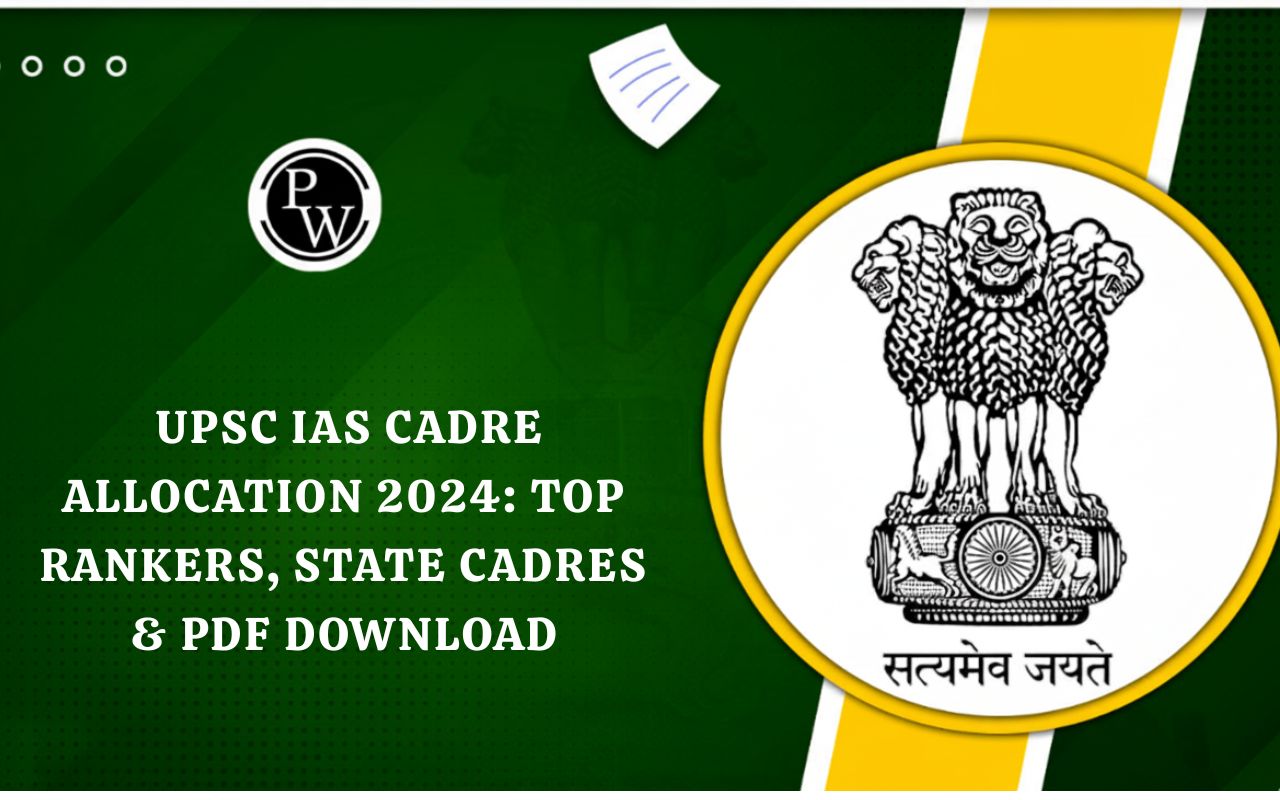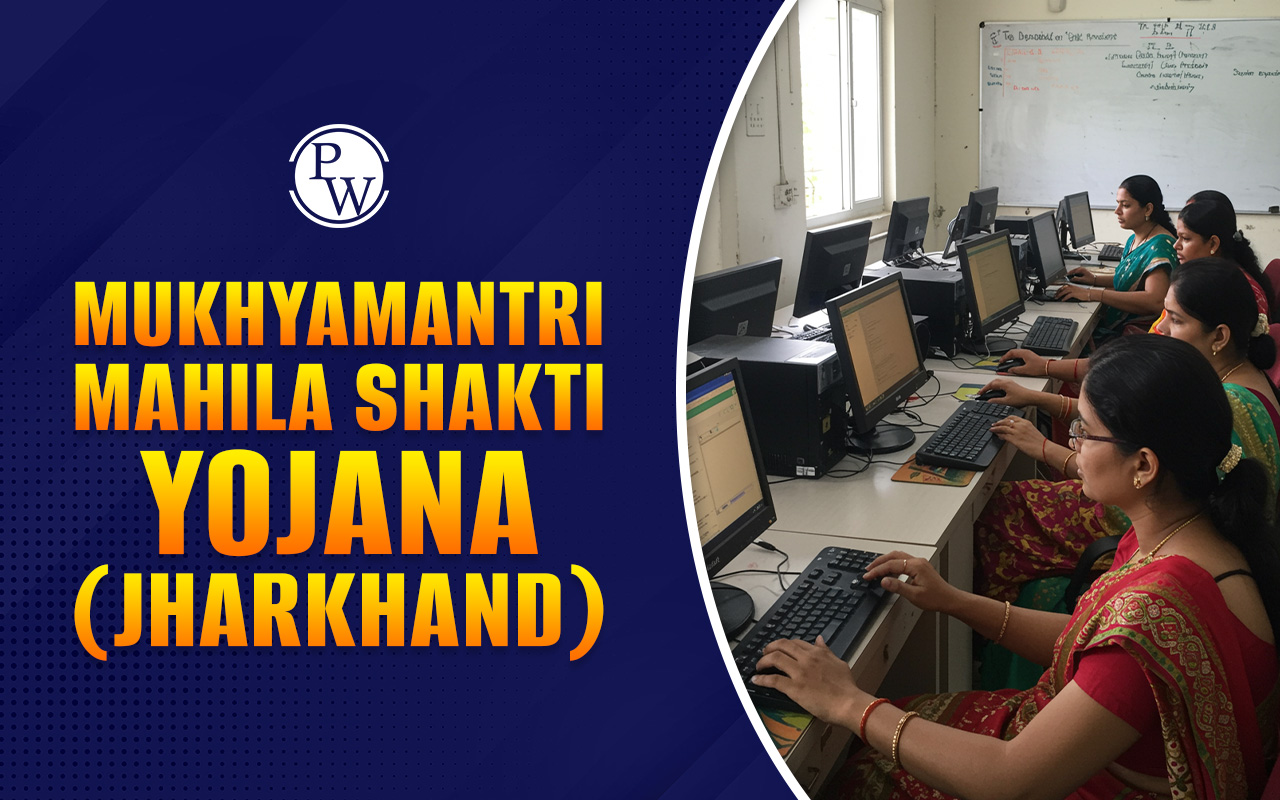
The life of an IAS officer is a mix of challenges, responsibilities, and opportunities to bring positive change. As one of the most prestigious positions in India, an IAS officer's role encompasses policy-making, administration, and public service. From managing day-to-day governance to dealing with crises, they are at the forefront of shaping the nation's progress.
Their journey begins with rigorous training at the Lal Bahadur Shastri National Academy of Administration (LBSNAA) . Post-training, they are assigned roles such as Sub-Divisional Magistrates (SDM) and later progress to higher ranks like District Collector, Secretary, or even Cabinet Secretary.How is the Life Of An IAS Officer?
The life of an IAS officer is a combination of various roles and responsibilities. After passing the UPSC Civil Service exam , an IAS officer gets an opportunity to serve the country in different capacities at the district, state, and central levels. The job brings great prestige and power but also demands hard work and decision-making abilities. In the early years of an IAS officer's career, they are usually posted in remote or challenging areas where they manage administrative functions at the grassroots level. Over time, with experience and seniority, they get to work in higher administrative positions. The life of an IAS officer is not just about managing government work but also involves a commitment to making a positive change in society.Daily Routine of IAS Officer
An IAS officer's daily routine can vary significantly based on their posting and responsibilities. However, there are common elements that define their day:- Early Morning: Most IAS officers begin their day around 5:30 AM to 6:00 AM with exercise followed by personal grooming.
- Breakfast & News: After breakfast, they spend time reading newspapers or catching up on news related to governance and policy.
- Office Hours: They typically arrive at the office by 9:00 AM. The first part of the day often includes reviewing agendas for meetings and prioritizing tasks.
- Meetings: Officers conduct meetings with department heads to discuss ongoing projects and address any issues.
- Field Visits: A significant part of their role involves field visits to inspect development projects or address public grievances.
- Lunch Break: Lunch is usually a quick affair as they prepare for afternoon meetings.
- Afternoon Duties: The afternoons are filled with administrative duties, including policy discussions and stakeholder engagements.
- Night: At the end of the day, they review accomplishments and plan for the next day.
- Family Time: Despite a hectic schedule, they make time for family in the evenings.
IAS Officer Duties
IAS officers handle a wide range of responsibilities, which can be broadly classified into the following:- Policy Formulation & Implementation: Drafting and implementing policies at the state or central level. They ensure that the policies are executed effectively at the ground level.
- Public Administration: Managing the administration at district and state levels is one of their core functions. They oversee departments like health, education, and rural development.
- Law and Order: They often work with law enforcement agencies to ensure the safety and security of the public.
- District Development: IAS officers in district-level roles are responsible for the development of their assigned regions, including overseeing infrastructure projects, welfare schemes, and poverty alleviation programs.
- Supervisory Roles: At higher levels, IAS officers may supervise the work of other administrative officers and ensure smooth coordination between various departments.
- Crisis Management: Managing disasters, law and order, or pandemics is also part of IAS Officer duties.
IAS Officer Salary
The salary of an IAS officer varies based on their rank and experience. As per the 7th Pay Commission:| Rank | Basic Pay (INR) |
| Junior Scale | 56,100 |
| Senior Time Scale | 67,700 |
| Junior Administrative Grade | 78,800 |
| Selection Grade | 1,18,500 |
| Higher Administrative Grade | 1,44,200 |
| Apex Scale | 2,25,000 |
| Cabinet Secretary Grade | 2,50,000 |
IAS Officer Perks
In addition to a high salary, IAS officers enjoy numerous perks that make the job even more attractive:- Residential Facilities : IAS officers are provided with government accommodation, often in prime locations.
- Vehicle Facilities: They often receive government vehicles for official use.
- Health Benefits: Comprehensive health coverage is provided for themselves and their families.
- Pension Schemes : Post-retirement benefits include pension schemes that ensure financial security after service.
- International Travel: Senior officers often have opportunities for official travel abroad for conferences or meetings.
- Power and Prestige : The prestige associated with being an IAS officer brings with it significant social status and respect.
IAS Officer Career Path
The career path of an IAS officer typically follows these stages:- UPSC Examination: The journey begins with clearing the UPSC Civil Services Examination.
- IAS Training Phase : Successful candidates undergo training at Lal Bahadur Shastri National Academy of Administration (LBSNAA).
- Initial Posting: After training, they are assigned to various districts as SDMs (Sub-Divisional Magistrates) or collectors.
| IAS Officer Career Growth | |
| Designation of IAS officers | Years of Service |
| Training at LBSNAA | 2 Years |
| Junior Time Scale (Under Secretary) | 0-4 years |
| Senior Time Scale (Deputy Secretary) | 4-9 years |
| Junior Administrative Grade (Director) | 9-12 years |
| Selection Grade (Joint Secretary to Government of India/ Secretary in State Govt) | 12-16 years |
| Super Time Scale (Additional Secretary in Government of India / Principal Secretary in State Govt) | 16-25 years |
| Above Super Time Scale (Secretary to Government of India) | 25-30 years |
| Apex Scale (Chief Secretaries of States) | 30-36 years |
| Cabinet Secretary Grade Pay (Cabinet Secretary) | 37+ years (varies) |
IAS Officer Challenges
While the life of an IAS officer is prestigious, it is also full of challenges:- Work Pressure: IAS officers often face immense pressure to make timely decisions and manage complex administrative issues.
- Long Working Hours : They work for long hours, including weekends, to meet deadlines and fulfill their duties.
- Political Influence: I AS officers sometimes have to work under the pressure of political influence, which can be challenging in balancing governance with political demands.
- Public Scrutiny: High expectations from citizens and constant monitoring.
- Family Sacrifices: Due to frequent transfers and demanding job schedules, IAS officers often have to make sacrifices in their personal lives.
Life Of An IAS Officer After Retirement
After retirement from active service, many IAS officers continue to contribute to society in various ways:- Advisory Roles: Many take up advisory roles in government or private sectors.
- Academia : Some choose to teach at universities or coaching institutes where they impart knowledge gained during their careers.
- Social Work: Engaging in social work or NGOs allows them to continue serving communities.
- Post-Retirement Positions: Many IAS officers are appointed as governors, ambassadors, or heads of various government bodies.
- Writing & Speaking Engagements: Retired officers often share their experiences through books or speaking engagements at events.
| UPSC Related Articles | ||
| Famous IPS Officers in India | NCERT for UPSC Exam 2025 | UPSC Interview Language |
| Youngest IAS Officer in India | How to Become an IAS Officer? | Famous IAS Officers |
Life Of An IAS Officer FAQs
How long does it take to become an IAS officer?
It typically takes about 1-2 years after clearing the UPSC exam due to training requirements.
Do IAS officers get time for family?
IAS officers have busy schedules, making it tough to spend time with family, but they manage during weekends or breaks.
What is the work life of an IAS officer?
The work life of an IAS officer is demanding, with long hours, frequent meetings, and diverse responsibilities.
How many hours does an IAS officer work in a day?
An IAS officer typically works around 10-12 hours a day, but the hours can vary depending on the workload or emergency.
Do IAS officers enjoy their life?
IAS officers enjoy prestige and rewards but face stress and long hours, requiring a balance between work and personal life.
🔥 Trending Blogs
Talk to a counsellorHave doubts? Our support team will be happy to assist you!

Check out these Related Articles
Free Learning Resources
PW Books
Notes (Class 10-12)
PW Study Materials
Notes (Class 6-9)
Ncert Solutions
Govt Exams
Class 6th to 12th Online Courses
Govt Job Exams Courses
UPSC Coaching
Defence Exam Coaching
Gate Exam Coaching
Other Exams
Know about Physics Wallah
Physics Wallah is an Indian edtech platform that provides accessible & comprehensive learning experiences to students from Class 6th to postgraduate level. We also provide extensive NCERT solutions, sample paper, NEET, JEE Mains, BITSAT previous year papers & more such resources to students. Physics Wallah also caters to over 3.5 million registered students and over 78 lakh+ Youtube subscribers with 4.8 rating on its app.
We Stand Out because
We provide students with intensive courses with India’s qualified & experienced faculties & mentors. PW strives to make the learning experience comprehensive and accessible for students of all sections of society. We believe in empowering every single student who couldn't dream of a good career in engineering and medical field earlier.
Our Key Focus Areas
Physics Wallah's main focus is to make the learning experience as economical as possible for all students. With our affordable courses like Lakshya, Udaan and Arjuna and many others, we have been able to provide a platform for lakhs of aspirants. From providing Chemistry, Maths, Physics formula to giving e-books of eminent authors like RD Sharma, RS Aggarwal and Lakhmir Singh, PW focuses on every single student's need for preparation.
What Makes Us Different
Physics Wallah strives to develop a comprehensive pedagogical structure for students, where they get a state-of-the-art learning experience with study material and resources. Apart from catering students preparing for JEE Mains and NEET, PW also provides study material for each state board like Uttar Pradesh, Bihar, and others
Copyright © 2025 Physicswallah Limited All rights reserved.
Get App









